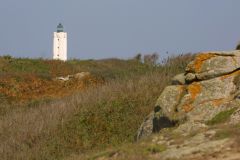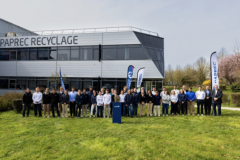For a long time, this cape was considered by Europeans to be the southern border of a sea of darkness: Mare Tenebrarum. To sail out of sight of the coast seemed unthinkable. Ships were not designed for deep-sea navigation; they were round-hulled, shallow-draught coasters, but they could easily enter estuaries to explore the coasts. It wasn't until 1434 that the Portuguese navigator Gil Eannes voluntarily dared and succeeded in crossing the boundary marked by Cape Bojador aboard a caravel manned by some fifteen men. He did so almost by surprise, setting off offshore as he approached the cape. Turning east again after a while, he reached the African coast beyond this hitherto impassable barrier. Gil Eannes returned to Portugal a true hero, enabling the company to continue establishing trading posts on the African coast.

Commissioned in 1956
However, it wasn't until 1482 that John II of Portugal sent Diogo Cão to explore the African coast further south and chart a new route to India.
This lighthouse was commissioned in 1956 and is now classified as a historic monument. The latest edition of lights and fog signals published by SHOM indicates that it will be extinguished in 2018.
It's true that the Vendée Globe competitors have been rounding it for some time, but the history of this cape seemed so important to us that we couldn't ignore it.










